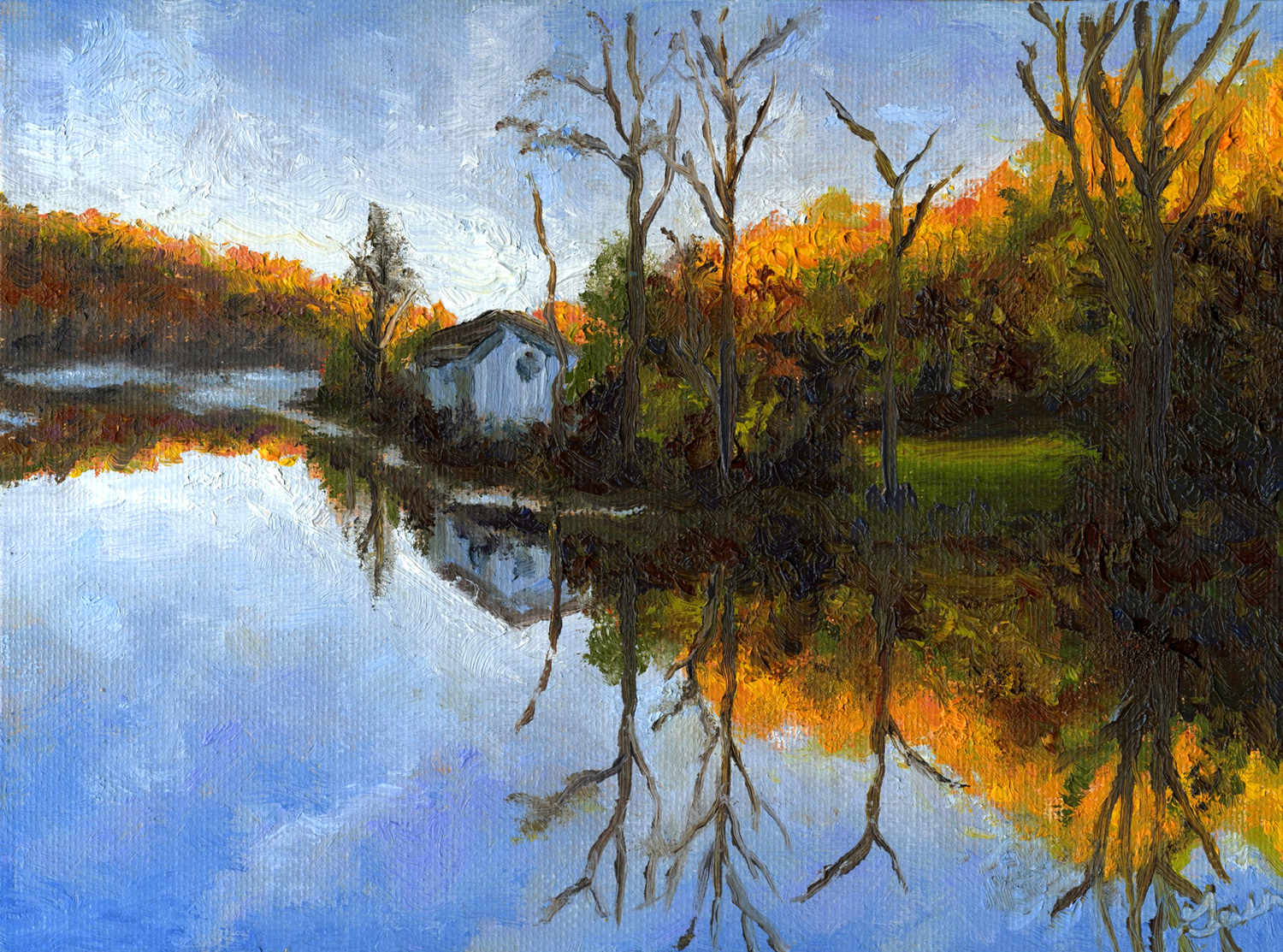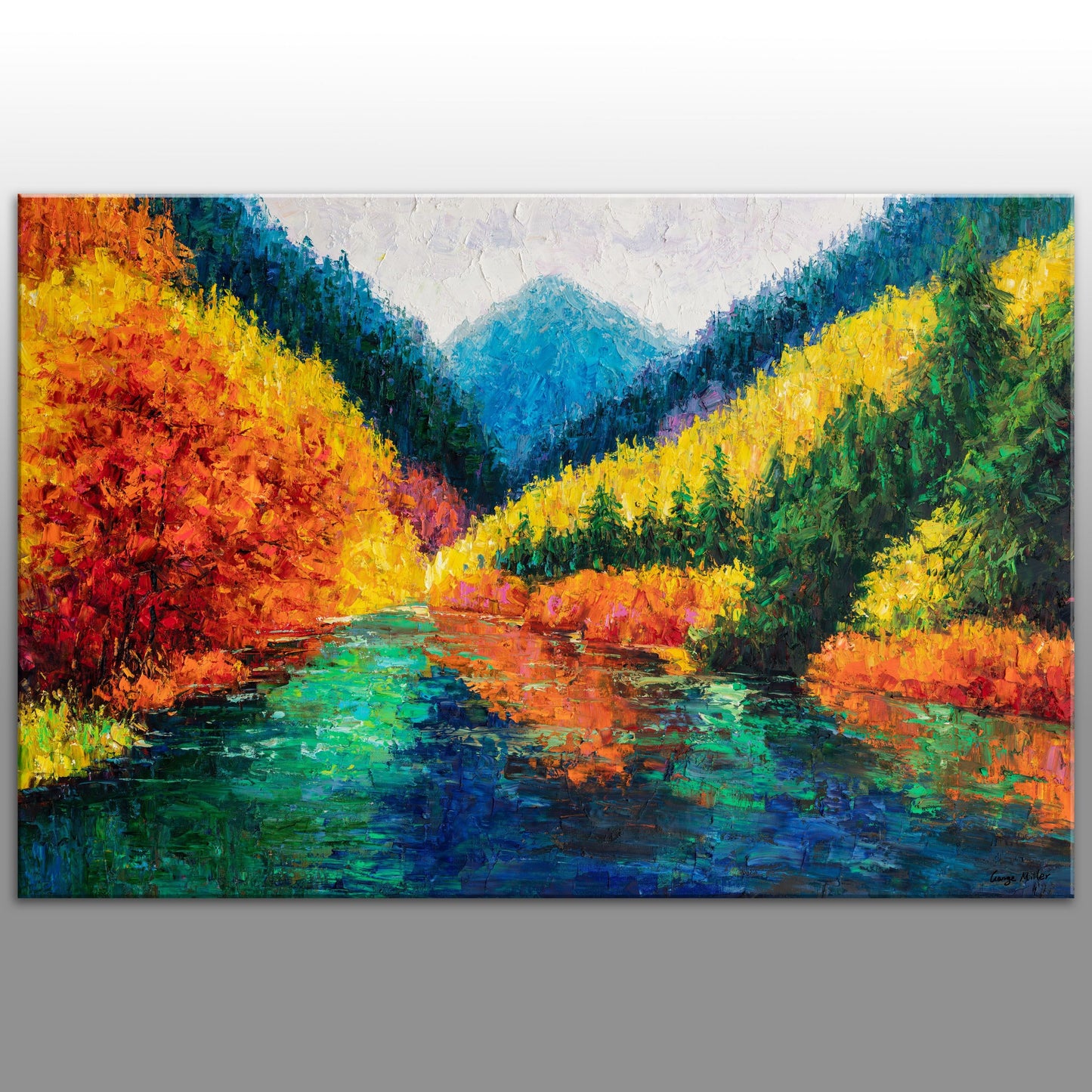Exploring Everything About Oil Paints: A Guide to Comprehending Their Elegance and Worth
Oil paintings have astounded target markets for centuries, using a peek right into the imaginative mastery of different periods. Their rich history is intertwined with cutting-edge strategies and profound psychological expression. Comprehending the materials and methods behind these artworks can boost appreciation. Additionally, the marketplace for oil paintings provides chances for investors and collectors alike. As one explores this fascinating globe, the inquiry emerges: what makes an oil paint really useful?
The Background of Oil Painting: A Trip Through Time
Oil painting has roots that date back to old times, it absolutely flourished during the Renaissance, when artists found its adaptability and abundant color possibility. Early instances can be traced to the 7th century, with strategies advancing significantly throughout societies. The tool became popular in Northern Europe in the 15th century, especially through the jobs of musicians like Jan van Eyck, who spearheaded its usage for thorough realistic look and vivid hues. This period noted a separation from tempera paints, permitting higher depth and texture. As oil paint spread, it affected many artists, bring about work of arts by renowned numbers such as Leonardo da Vinci and Rembrandt. The tool's legacy proceeds, shaping the art globe well into modern-day times.
Understanding Oil Paints: Materials and Techniques
As artists check out the world of oil paints, they come across a varied variety of materials and techniques that specify this medium. The main parts of oil paint include pigments, which supply color, and drying out oils, such as linseed, that bind the pigments and promote application. Numerous ingredients can modify the paint's appearance and drying time, enhancing adaptability. Techniques like glazing, where clear layers are developed up, and impasto, which involves using thick paint, permit different aesthetic results. In addition, using brushes, scheme knives, and also fingers can develop one-of-a-kind textures and surfaces. Recognizing these techniques and products makes it possible for artists to totally reveal their imagination and achieve the wanted influence in their art work.
The Role of Color in Oil Paints
Shade plays a critical duty in oil paints, influencing both visual appeal and psychological resonance. Understanding shade theory basics, consisting of the partnerships in between shades, can boost an artist's capacity to share mood and ambience. Furthermore, grasping shade blending techniques permits for greater depth and richness in a painting's combination.

Shade Theory Essential
Recognizing color theory is necessary for musicians dealing with oil paints, as it creates the structure for creating harmonious and aesthetically interesting make-ups. Color theory encompasses the study of how colors communicate, the color wheel, and the connections between key, second, and tertiary shades. Artists utilize complementary shades to enhance contrasts and produce focal factors, while comparable shades promote unity and cohesiveness within a piece. In addition, the concepts of awesome and warm shades affect the understanding of depth and room in a painting. Grasping these principles enables musicians to adjust color efficiently, directing the customer's eye and connecting their designated message. Mastery of color theory eventually improves a musician's capacity to communicate feelings and ideas via their work.
Emotional Influence of Shade
The emotional impact of color in oil paints plays a vital duty in exactly how customers attach and regard with artwork. Colors stimulate details feelings and moods, influencing the audience's mood. As an example, warm tones like oranges and reds can produce a sense of heat and power, while trendy tones such as blues and eco-friendlies commonly stimulate calmness or self-questioning. Artists tactically select color combinations to improve narrative elements, guiding the target market's emotional trip. The saturation and contrast of colors better intensify these results, drawing interest and creating emphasis. Inevitably, the interaction of colors in oil paintings not just improves their aesthetic charm however likewise functions as a powerful tool for psychological expression, enriching the visitor's experience and interpretation.
Color Combining Techniques
While lots of aspects of oil paint add to the general make-up, mastering color blending methods is important for achieving preferred impacts and deepness. Color mixing can be approached with numerous techniques, consisting of the subtractive and additive processes. Additive blending involves integrating colors of light, while subtractive mixing counts on pigments, where colors mix to create new shades. Musicians typically make use of a limited palette to produce unified jobs, comprehending the partnerships in between main, second, and tertiary colors. Techniques such as glazing and scumbling further improve deepness and brightness. By masterfully blending shades, an artist can evoke feelings, create focal factors, and attain a sense of realism, ultimately raising the painting's aesthetic and emotional influence.
Famous Oil Painters and Their Iconic Works

Renowned for their proficiency of shade and strategy, oil painters have actually created some of the most well known artworks in background. Distinguished artists like Vincent van Gogh astounded target markets with his emotive brushwork in "Starry Night," while Claude Monet's "Impression, Sunrise" laid the groundwork for Impressionism. Leonardo da Vinci's "Mona Lisa" remains an enduring symbol of imaginative brilliant, showcasing his skill in capturing human expression. Meanwhile, Rembrandt's "The Evening Watch" shows his cutting-edge use light and darkness. Various other significant numbers include Pablo Picasso, that changed modern-day art with his bold experimentation in works like "Les Demoiselles d'Avignon," and Georgia O'Keeffe, whose vibrant depictions of landscapes and blossoms assisted specify American modernism. Each artist's special style added significantly to the oil painting landscape.
How to Review the High Quality of an Oil Paint
Examining the quality of an oil painting involves a cautious assessment of workmanship methods, along with an evaluation of color and make-up. Observing brushwork, layering, and the application of paint can reveal the musician's skill level. In addition, the interplay of shades and the total setup of aspects contribute substantially to the paint's visual worth.
Evaluating Workmanship Strategies
A thorough analysis of craftsmanship techniques is necessary for figuring out the quality of an oil paint. Critics must initially take a look at the application of paint; thick, textured brushstrokes might recommend a competent hand, while excessively uniform applications can indicate an absence of depth. oil paintings for sale. The layering strategy is also vital; the existence of glazes and differed thickness can improve brightness and intricacy. In addition, the top quality of the products made use of, such as the canvas and pigments, plays a substantial function in toughness and total aesthetic. Interest to detail in components like sides and shifts between shades reflects the musician's dedication to their craft. Inevitably, these methods add to the painting's emotional influence and market price, acting as signs of the artist's ability and intent
Evaluating Color and Composition
While assessing the quality of an oil paint, one need to focus on the interaction of shade and make-up, as these aspects are essential to the art work's overall effect. Shade choices can establish and stimulate emotions state of mind; therefore, the musician's scheme need to be analyzed for harmony and contrast. A healthy structure guides the viewer's eye and develops a feeling of unity. Musicians frequently utilize strategies like the regulation of thirds or leading lines to enhance aesthetic rate of interest. In addition, using light and shadow can add depth, improving the three-dimensionality of the paint. Eventually, a successful oil paint marries shade and composition, involving the visitor and welcoming a deeper recognition of the artist's vision and technique.
Caring for and Preserving Oil Paintings
Correct treatment and conservation of oil paintings is crucial for keeping their stability and longevity. To safeguard these art work, it is crucial to present them far from direct sunshine, which can trigger fading and staining. Maintaining a steady environment with controlled temperature level and humidity further help in stopping damages. Cleansing need to be done gently making use of a soft, completely dry fabric, preventing any kind of severe chemicals that could harm the paint or varnish. Regular inspections for indicators of damage, such as cracking or flaking, are a good idea. When saving or transferring oil paintings, proper cushioning and framework are essential to prevent physical damage. Eventually, attentive treatment adds to the aesthetic charm and value of oil paintings with time.
The Market for Oil Paints: Gathering and Spending
Recognizing the marketplace dynamics for oil paintings is important for capitalists and collection agencies alike. The worth of these artworks is influenced by various elements, including the artist's online reputation, historic value, and present fads. Collection agencies usually look for pieces that resonate directly while considering prospective gratitude in worth. Galleries and auctions work as main locations for purchasing and marketing, with prices fluctuating based on demand and rarity. Buying oil paints calls for research into the marketplace, as well as an understanding of credibility and provenance. Additionally, emerging artists may supply opportunities for substantial returns, while developed names can regulate high costs. Generally, a calculated approach to accumulating can generate both visual pleasure and economic rewards.

Frequently Asked Inquiries
What Are the Environmental Effects of Oil Paint Products?
The environmental impacts of oil read more paint materials consist of the release of volatile organic compounds (VOCs), unsafe waste generation, and source extraction for pigments. These elements add to contamination and eco-friendly degradation, raising concerns among environmentally conscious musicians and customers.
How Do Different Canvases Impact Oil Painting Results?
Various canvases influence oil painting results substantially. Surface, absorbency, and texture high quality can alter paint application, drying out times, and shade vibrancy. Musicians commonly choose specific canvases to achieve wanted results and enhance their imaginative expression.
Can Oil Paintings Be Brought Back if Harmed?
If damaged, Oil paints can without a doubt be recovered. Professional conservators use different techniques to fix rips, clean surfaces, and address discoloration, ensuring that the art work keeps its original beauty and value for future generations.
What Are the Indicators of an Initial Oil Paint?
The indications of an original oil paint consist of noticeable brush strokes, texture variants, and an uneven canvas weave (oil paintings for sale). In addition, authenticity might be confirmed via provenance, signatures, and the presence of a varnish layer unique to oil mediums
Just How Has Technology Influenced Modern Oil Paint Techniques?
Modern technology has substantially influenced contemporary oil painting strategies by introducing electronic devices for planning, enhanced products for structure and durability, and on the internet systems for sharing and marketing art, thereby broadening artists' innovative possibilities and target market get to. Oil paint has origins that date back to old times, it truly thrived during the Renaissance, when artists uncovered its adaptability and abundant color capacity. The psychological impact of shade in oil paints plays an essential duty in exactly how customers connect and regard with art work. While many aspects of oil painting contribute to the overall structure, understanding color blending strategies is crucial for accomplishing preferred results and depth. Examining the high quality of an oil painting involves a careful evaluation of workmanship methods, as well as an analysis of color and structure. While reviewing the quality of an oil paint, one should concentrate on the interaction of shade and composition, as these components are essential to the artwork's total influence.